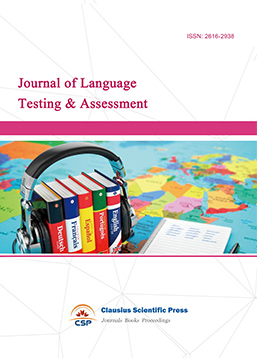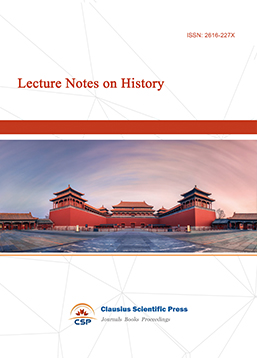A Study on Estimating the Willingness to Pay for Long-Term Care Insurance among the Elderly in Shaanxi Province
DOI: 10.23977/jsoce.2025.070408 | Downloads: 1 | Views: 38
Author(s)
Tengyue Wei 1, Siyu Ren 1, Yuzhen Gao 1, Han Zhang 1, Yunyun Zhang 1
Affiliation(s)
1 School of Statistics and Data Science, Xi'an University of Finance and Economics, Xi'an, China
Corresponding Author
Yunyun ZhangABSTRACT
Shaanxi Province faces severe population aging and a large disabled elderly population, while traditional family care is weakening and social service supply remains insufficient. Using the CHARLS 2023 Shaanxi sub-sample (N=1,850) linked with medical-insurance settlement data and semi-structured interviews, this study applies hierarchical linear modeling, structural equation modeling, actuarial projection, and grounded-theory coding to estimate the willingness to pay (WTP) for long-term care insurance (LTCI) and its determinants. Results show that WTP is significantly influenced by price, disability level, chronic-disease count, income, and government health expenditure. Under the Hanzhong, Chongqing, and Chengdu financing schemes, contribution rates between 0.4 % and 0.7 % can simultaneously secure fund sustainability and generate mental-health benefits. Interviews reveal that "institutional trust, care dignity, and economic security" are key drivers of WTP. The findings provide micro-level evidence for optimizing Shaanxi's LTCI system.
KEYWORDS
Long-Term Care Insurance; Willingness to Pay; Shaanxi Province; Elderly; Influencing FactorsCITE THIS PAPER
Tengyue Wei, Siyu Ren, Yuzhen Gao, Han Zhang, Yunyun Zhang, A Study on Estimating the Willingness to Pay for Long-Term Care Insurance among the Elderly in Shaanxi Province. Journal of Sociology and Ethnology (2025) Vol. 7: 65-70. DOI: http://dx.doi.org/10.23977/jsoce.2025.070408.
REFERENCES
[1] Shaanxi Provincial Bureau of Statistics, Shaanxi Survey Team of the National Bureau of Statistics. Statistical Communiqué of Shaanxi Province on National Economic and Social Development in 2023 [EB/OL], 2024.
[2] Guo X L. An Empirical Analysis of Influencing Factors of Long-Term Care Insurance Demand in China under the Background of Population Aging [D]. Xiamen University, 2017.
[3] Hanzhong Municipal Healthcare Security Bureau. Report on the Progress of the Pilot Program of Long-Term Care Insurance in Hanzhong City [EB/OL], 2023.
[4] General Office of the People's Government of Shaanxi Province. Notice of the General Office of the People's Government of Shaanxi Province on Issuing the "14th Five-Year Plan" Special Plan for the Elderly Care Service System [EB/OL], 2022.
[5] China Health Statistical Yearbook, 2024.
[6] Jing, T., Wang, J., & Li, S. (2011). An empirical analysis of factors influencing long-term care insurance demand in China. Journal of Beijing Technology and Business University (Social Sciences), 6, 90-96.
[7] Du, X., & Zhou, Z. (2016). A study on willingness to participate in long-term care insurance and its influencing factors: Micro-evidence from Yulin City, Shaanxi Province. School of Insurance, Central University of Finance and Economics.
[8] Cutler, D. M. (1996). Why don't markets insure long-term risk? NBER Working Paper No. 5691. National Bureau of Economic Research.
[9] Brown, J. R., & Finkelstein, A. (2007). Why is the market for long-term care insurance so small? Journal of Public Economics, 91(10), 1967-1991.
| Downloads: | 37628 |
|---|---|
| Visits: | 1270069 |
Sponsors, Associates, and Links
-
Journal of Language Testing & Assessment

-
Information and Knowledge Management

-
Military and Armament Science

-
Media and Communication Research

-
Journal of Human Movement Science

-
Art and Performance Letters

-
Lecture Notes on History

-
Lecture Notes on Language and Literature

-
Philosophy Journal

-
Science of Law Journal

-
Journal of Political Science Research

-
Advances in Broadcasting


 Download as PDF
Download as PDF